Let’s find out with 4Life Education how working in the family garden can become a joyful journey for young children to learn, grow, and connect with nature. From planting seeds to picking vegetables, the garden becomes a natural classroom where your child can develop skills, wonder, and responsibility through hands-on discovery.
The value of working in the family garden
Working in the family garden is more than just a fun outdoor activity, it’s a powerful opportunity for children to develop practical skills, emotional awareness, and a love for nature. It’s a space where learning happens through doing, where a child’s natural curiosity is nurtured with each seed planted and every leaf observed. Gardening offers children a chance to take part in the rhythm of the seasons, helping them connect with the living world around them. These early experiences build a strong foundation for respect, care, and responsibility toward both people and the planet.
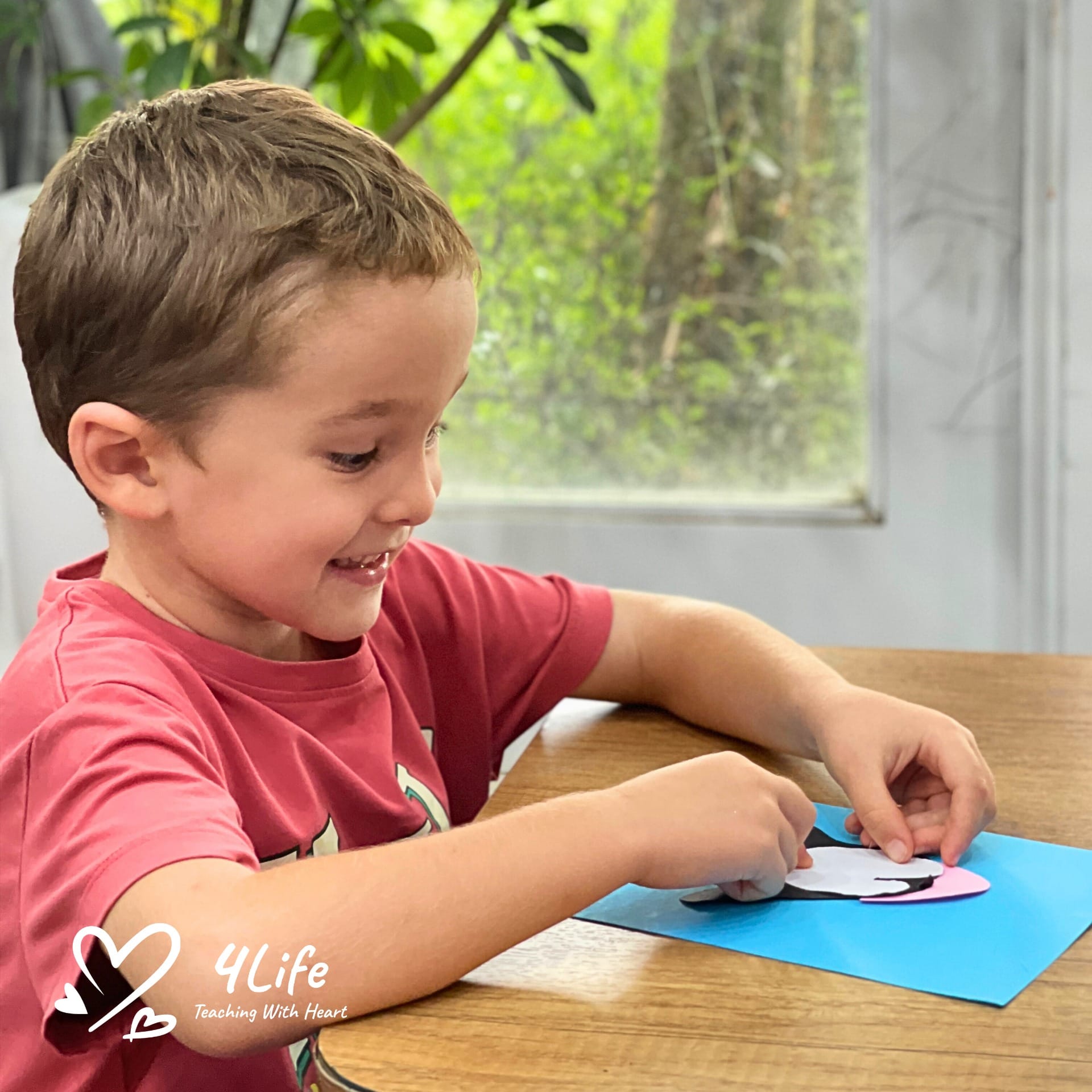
Working In The Family Garden – A Fun Learning Journey for Little Kids
Including children in the yearly garden cycle
From an early age, children can take part in the entire garden cycle. You might begin in early spring, starting seeds indoors or in a cold frame. As the weather warms, children can help transplant the seedlings into garden beds. Over the months, they’ll water, weed, and watch as fruits and vegetables grow. By harvest time, there’s great excitement when children gather baskets filled with tomatoes, beans, or lettuce they helped grow. Not only do they witness how plants come to life, but they also gain a deeper appreciation for the food they eat. Many parents find that children who grow vegetables are far more likely to eat them especially when they’ve picked and washed them with their own hands.
Planting herbs for scent and memory
Fragrant herbs add more than flavor they create childhood memories. Including herbs like basil, fennel, or sage in your garden introduces your child to the sensory richness of nature. When they brush past a plant and smell something familiar, that scent will bring back memories for years to come. Best of all, herbs are easy to grow and can be picked and tasted right in the garden, adding joy and flavor to meals together.
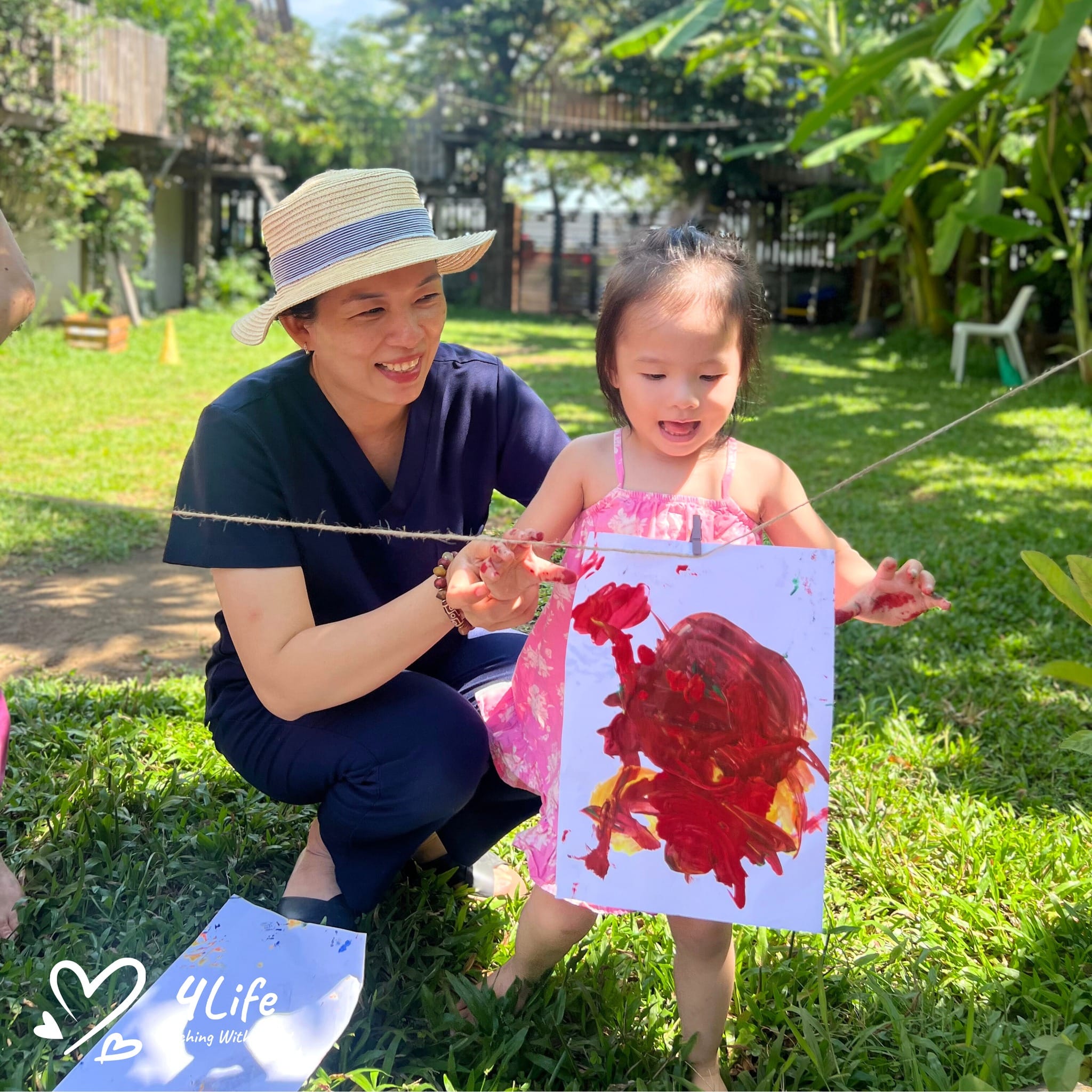
Planting herbs for scent and memory
Providing child-sized tools and materials
Giving your child the right tools helps them feel capable and valued. There are many gardening tools made especially for children small spades, watering cans, gloves, and even aprons. Keep these tools organized and easy to access, with low shelves or hooks in your garden shed or garage. After each gardening session, guide your child to clean their tools and put them away. This simple routine builds neatness, responsibility, and a sense of pride. As the harvest begins, offer small baskets or buckets so children can collect their fruits, vegetables, and flowers as they ripen. Having the right equipment makes all the difference in supporting independence and enjoyment.
Gardening when space is limited
Not everyone has a large backyard, but even small spaces can grow wonders. A few window boxes, pots on a balcony, or a sunny corner on a patio can become your child’s garden. Container gardening is especially helpful for young children because it brings the garden to their height. With good soil, regular watering, and sunshine, you can grow tomatoes, strawberries, peppers, herbs, and even beans in small containers. These compact gardens are beautiful, productive, and perfect for little hands. Watching plants thrive in a small space teaches children that nature adapts and that they can grow things just about anywhere.
Making room for flowers
Be sure to include flowers in your family garden. Whether they are native wildflowers or classic annuals like marigolds and zinnias, flowers bring color and joy. Children love picking flowers, arranging them, and placing them in small vases around the home. Often, a young child will choose just one perfect flower to place in a tiny bottle or vase. Keep a few nicely shaped glass bottles from sparkling water or juice for this purpose. This small act of bringing nature indoors can brighten your home and deepen your child’s appreciation for beauty. Flower arranging is not only artistic but also teaches gentle handling, creativity, and patience.
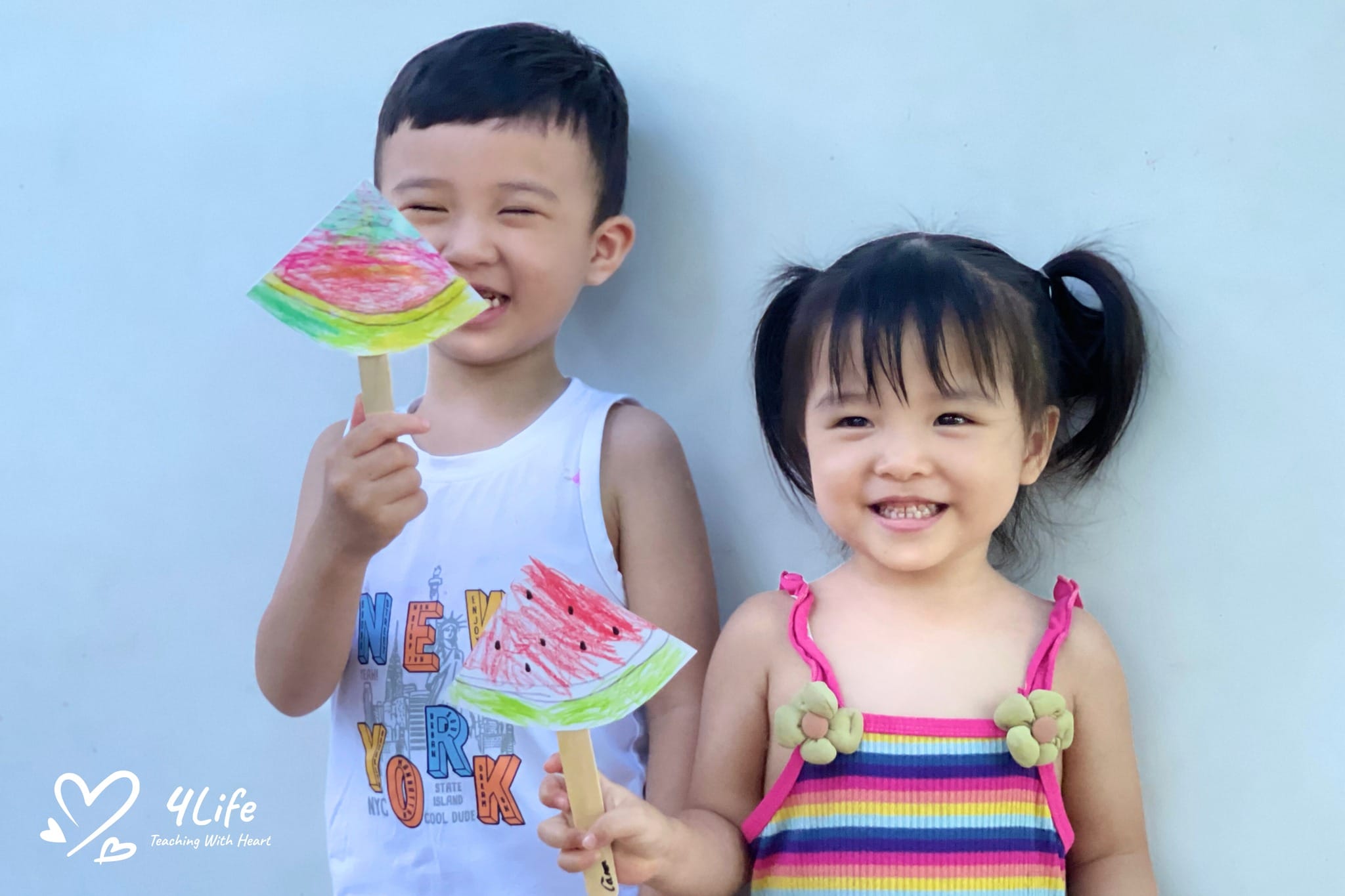
Making room for flowers
Supporting flower arranging with simple tools
To make flower arranging easy and enjoyable, keep a small shelf stocked with supplies. Include tiny vases, a miniature watering pitcher, and a funnel for pouring water without spills. Add a sponge for wiping up and a small pair of scissors for cutting stems. If you like, provide doilies or cloth napkins to place under the vases. This setup gives your child the freedom to explore natural beauty and helps them develop care and order in their work.
Teaching names and descriptive language
As each plant blooms or fruits, teach your child the names of what they see. Soon they’ll proudly name the marigolds, cucumbers, rosemary, and strawberries growing around them. Go further by adding adjectives: bright, smooth, fuzzy, tall, red, sweet. This vocabulary builds not only language skills but also observational awareness. Gardening becomes an exercise in communication and connection with the world.
At home, hang beautiful photos or paintings of flowers and plants. Fill your child’s bookshelf with picture books about nature. When they spot a plant in real life that they’ve seen in a book, the connection becomes magical.
Creating crafts from natural materials
Working in the family garden isn’t just about growing food it also opens the door to creativity. Collect leaves, petals, pinecones, seeds, and bark for nature crafts. Children love making things from what they gather. Teach them how to use a small flower press to preserve blooms and mount them into a scrapbook. They can weave with grass, make pinecone animals, or build little collages from twigs and leaves. These activities extend the garden experience and encourage artistic expression. They also remind children that natural materials have many uses both beautiful and practical.
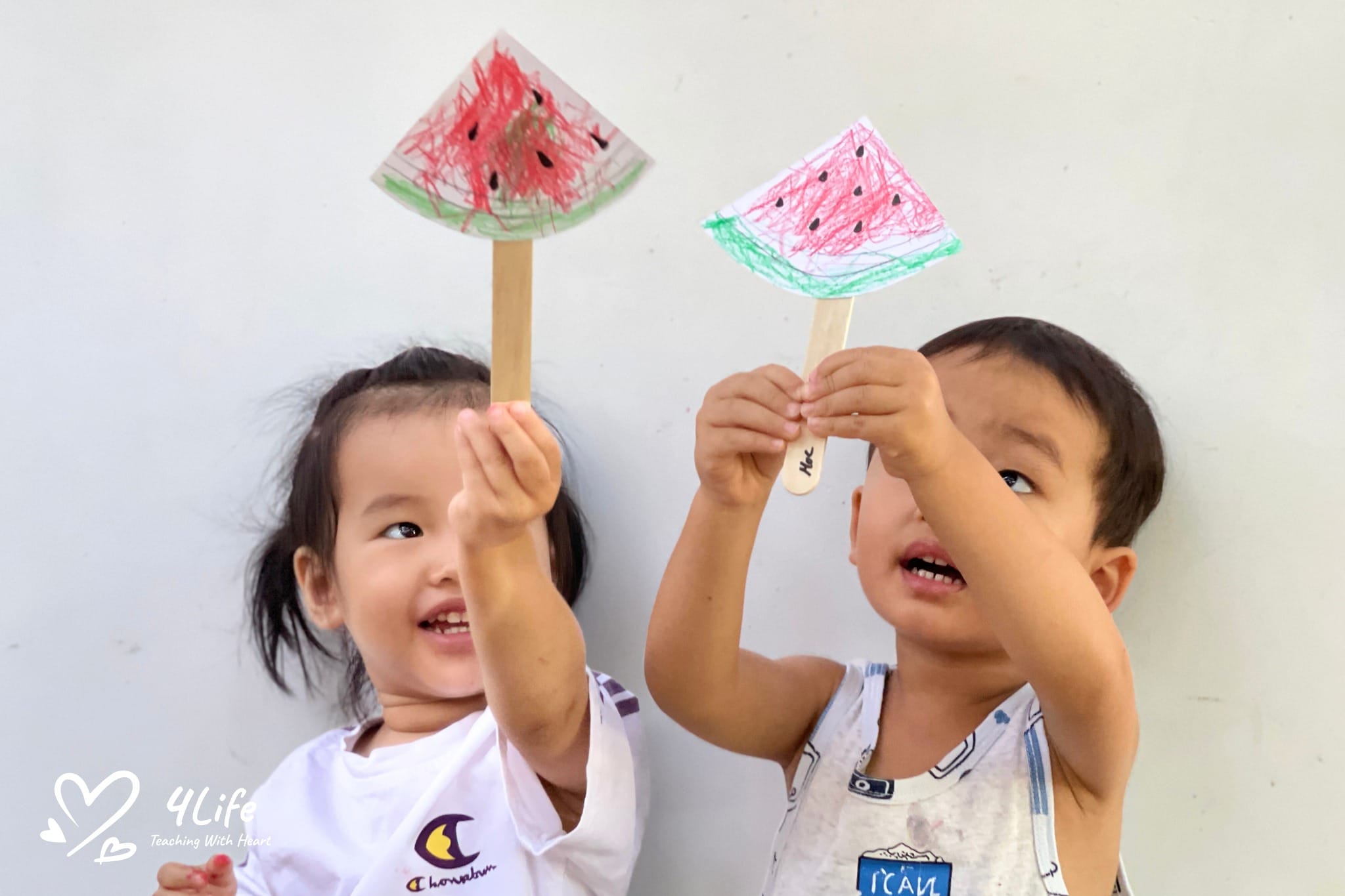
Creating crafts from natural materials
Learning from animals and garden companions
The garden is also a space to observe and care for animals. Worms, bees, butterflies, and birds all become part of the daily experience. By watching them closely, children learn respect for all living creatures. If your family has pets, they too can be part of the garden life. A dog lying in the sun or a cat exploring the flowerbeds adds comfort and companionship.
If your space allows, small animals like chickens or rabbits can deepen your child’s connection to living things. Helping to feed, water, and clean up after animals teaches responsibility and compassion. Even very young children can help refill a water bowl or scatter seeds for the birds. These small actions plant the seeds of empathy and respect for animals and the environment.
A new way of seeing the world
Gardening with your child shifts how they see the world. No longer is food something that just appears at the table, it’s something they’ve seen grow. A tomato is not just red and round; it’s something they nurtured, watered, and picked. A flower is not just decoration; it’s a living thing that once grew from a tiny seed. These small shifts in awareness create lasting understanding. They help children feel part of a living world that is beautiful, connected, and worth caring for.
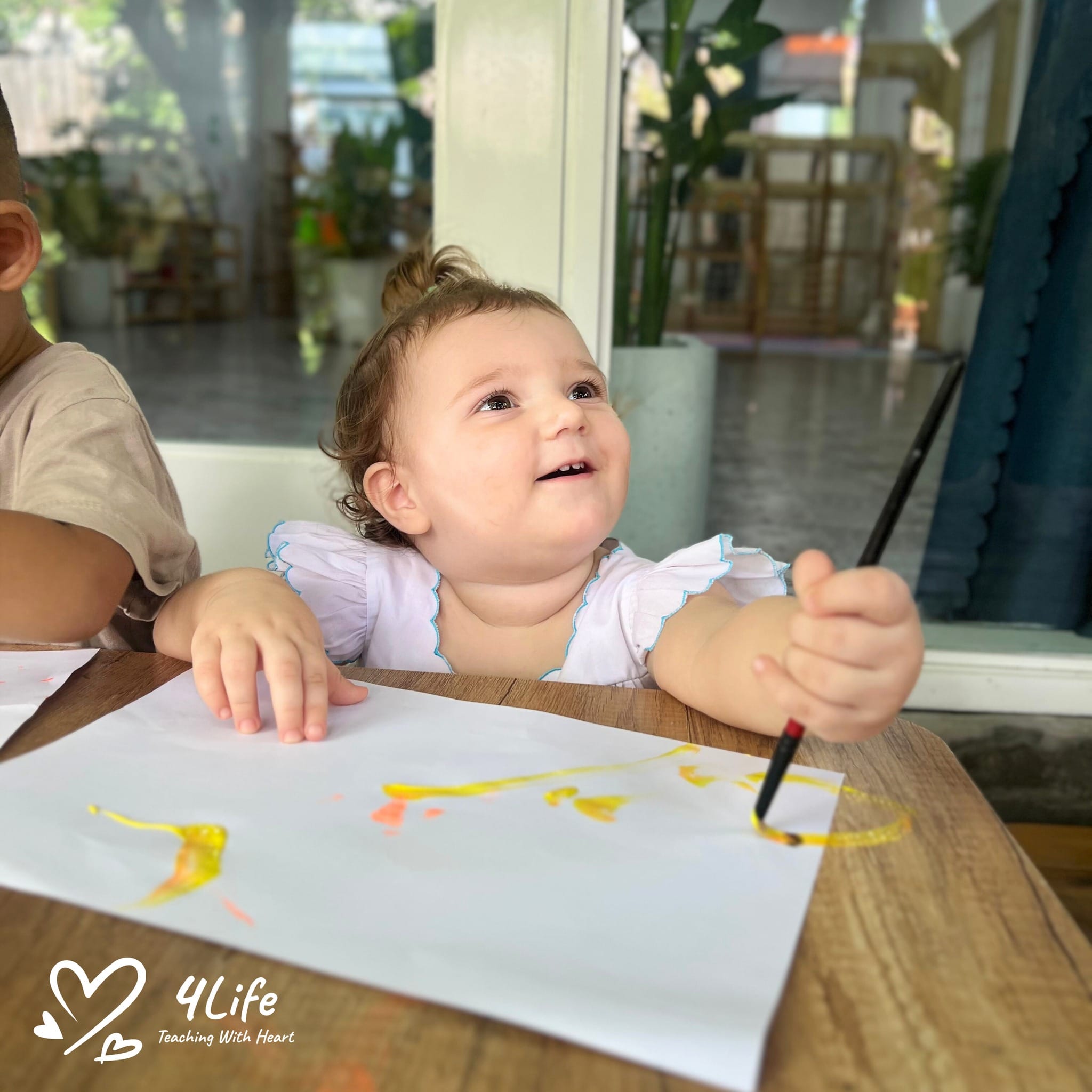
A new way of seeing the world
Working in the family garden gives children far more than vegetables and flowers. It gives them skills, memories, language, creativity, and compassion. Whether you have a big yard or just a few pots on a sunny balcony, your child can experience the wonder of growing things with their own hands. In today’s fast-paced world, the garden offers a quiet place where learning feels natural and joyful. It’s a place where your child’s confidence blooms right alongside the plants. Make time, make space, and start working in the family garden, you’ll be planting seeds for a lifetime.

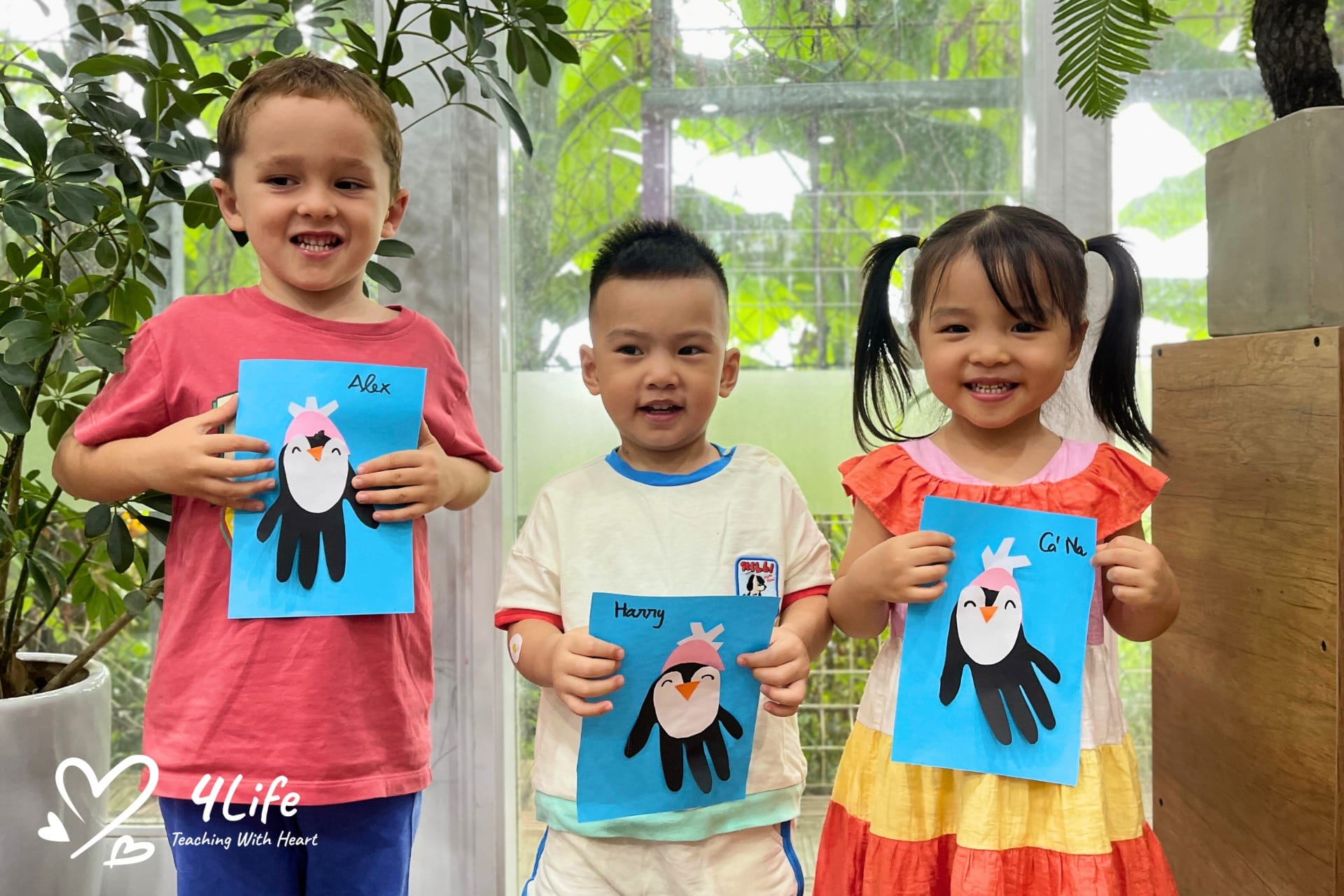
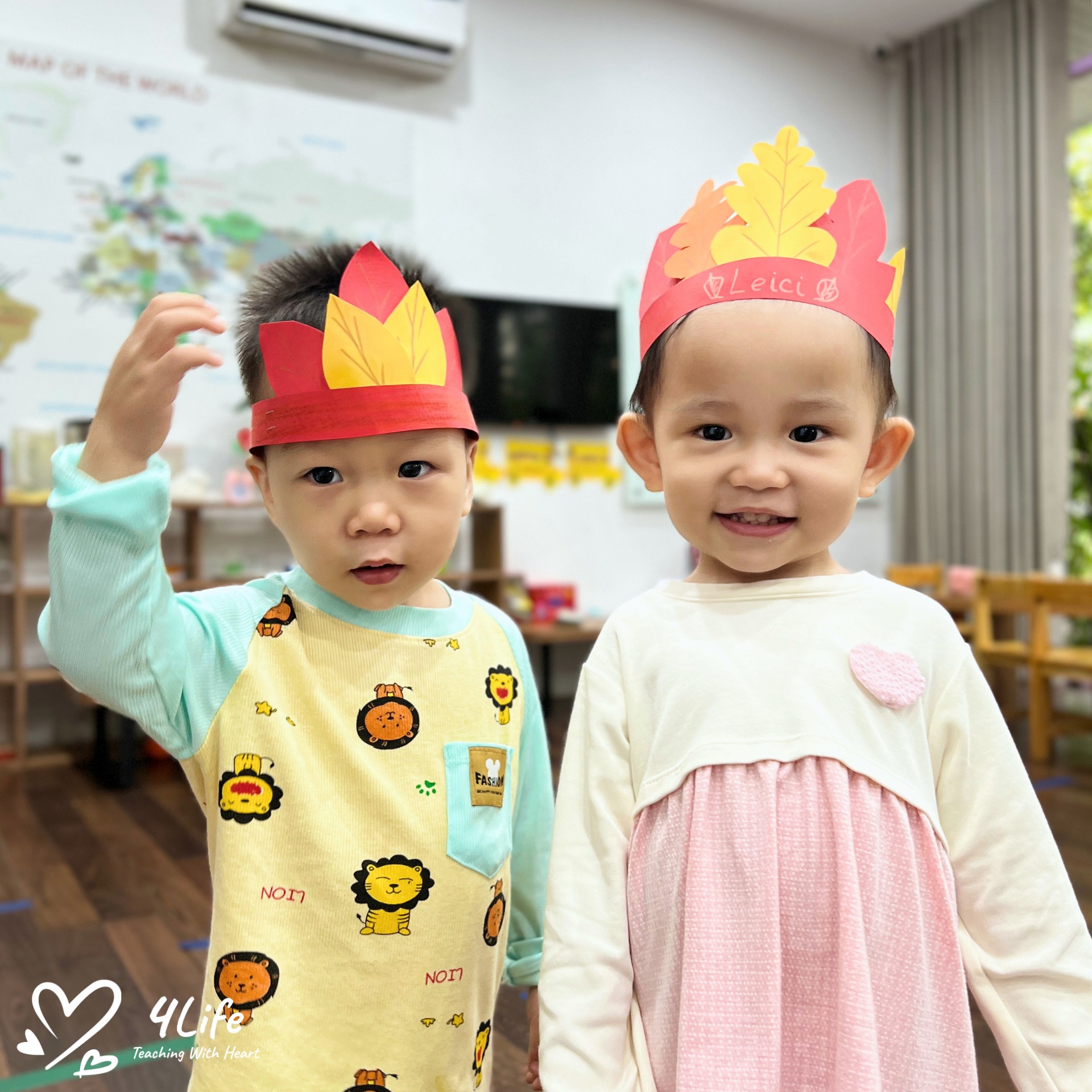
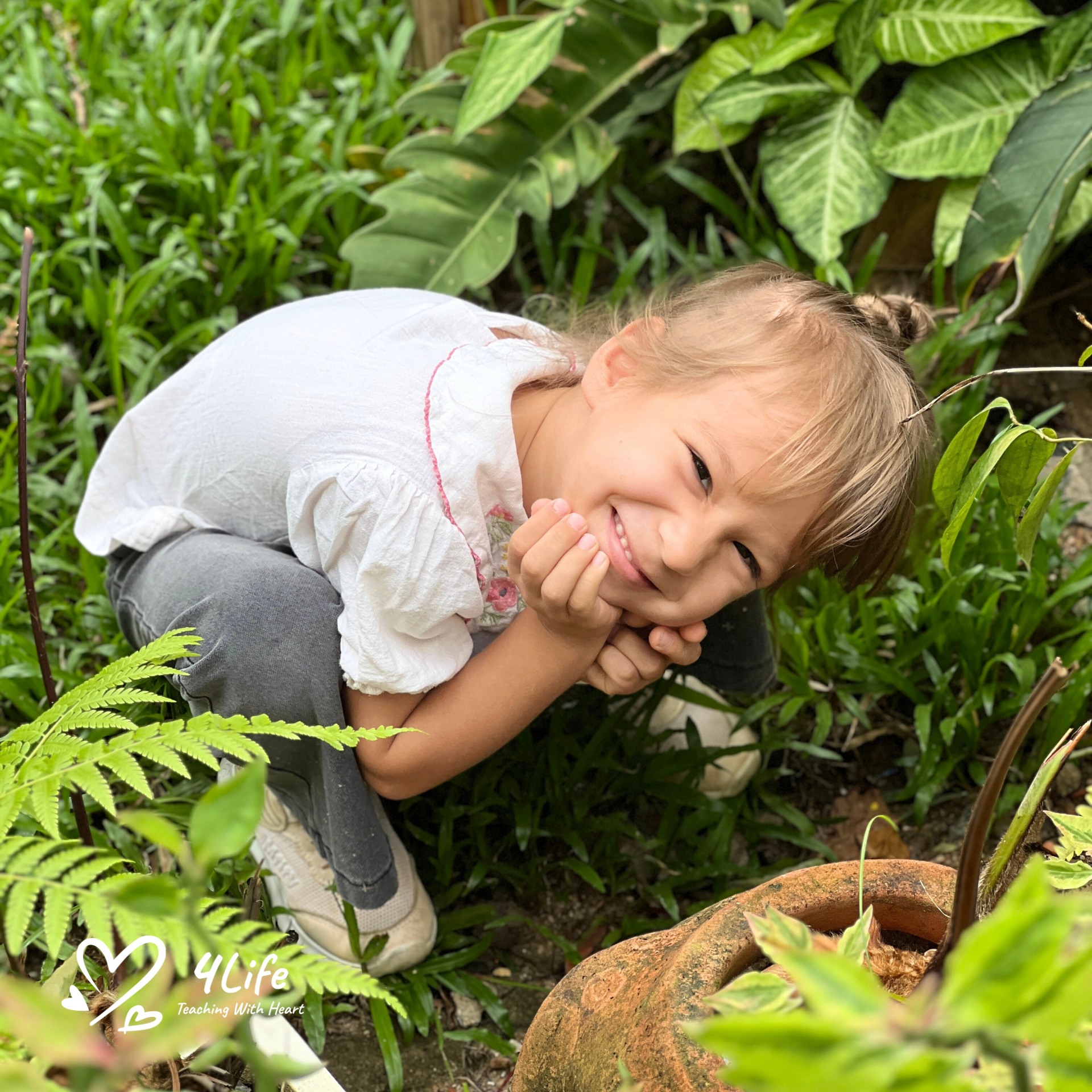
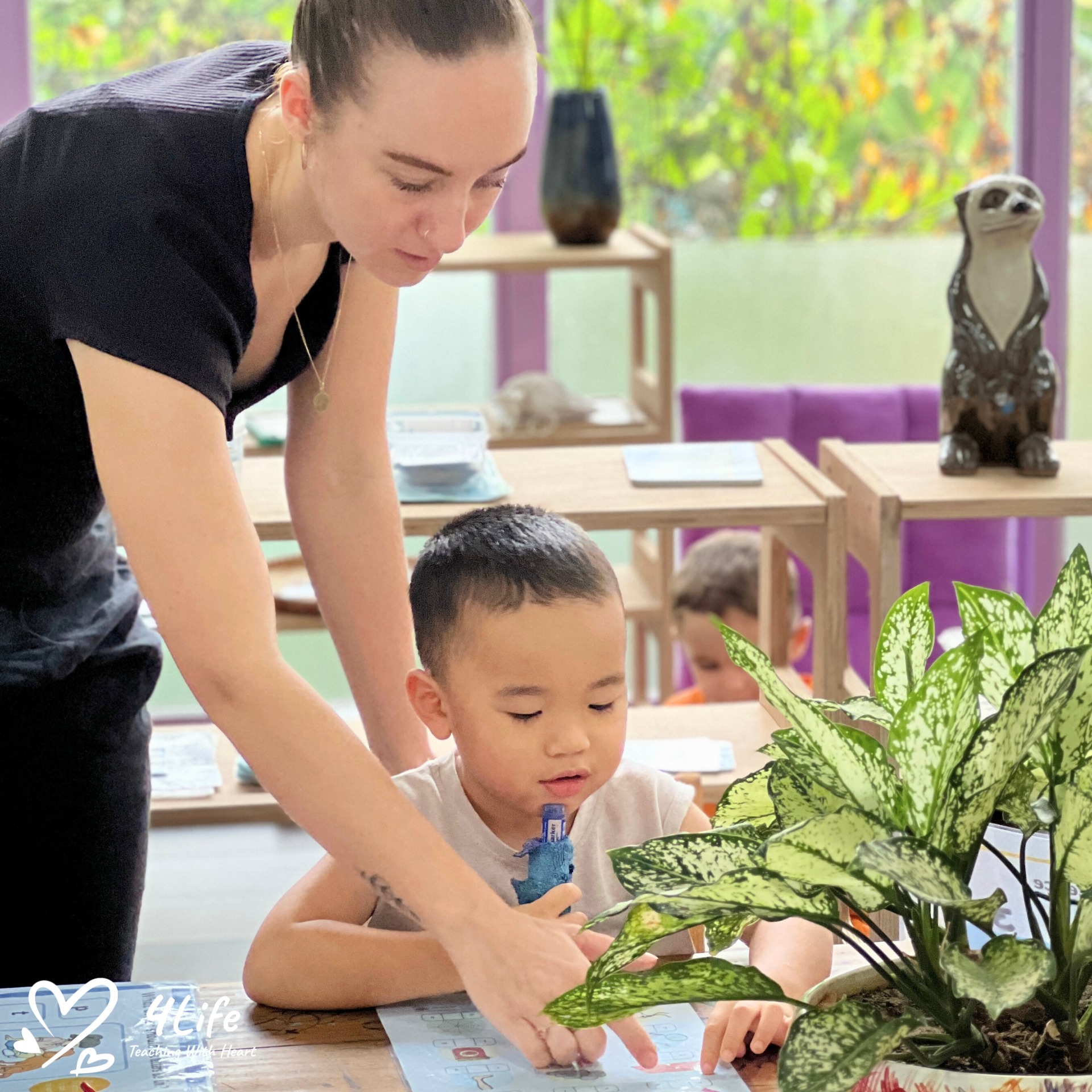
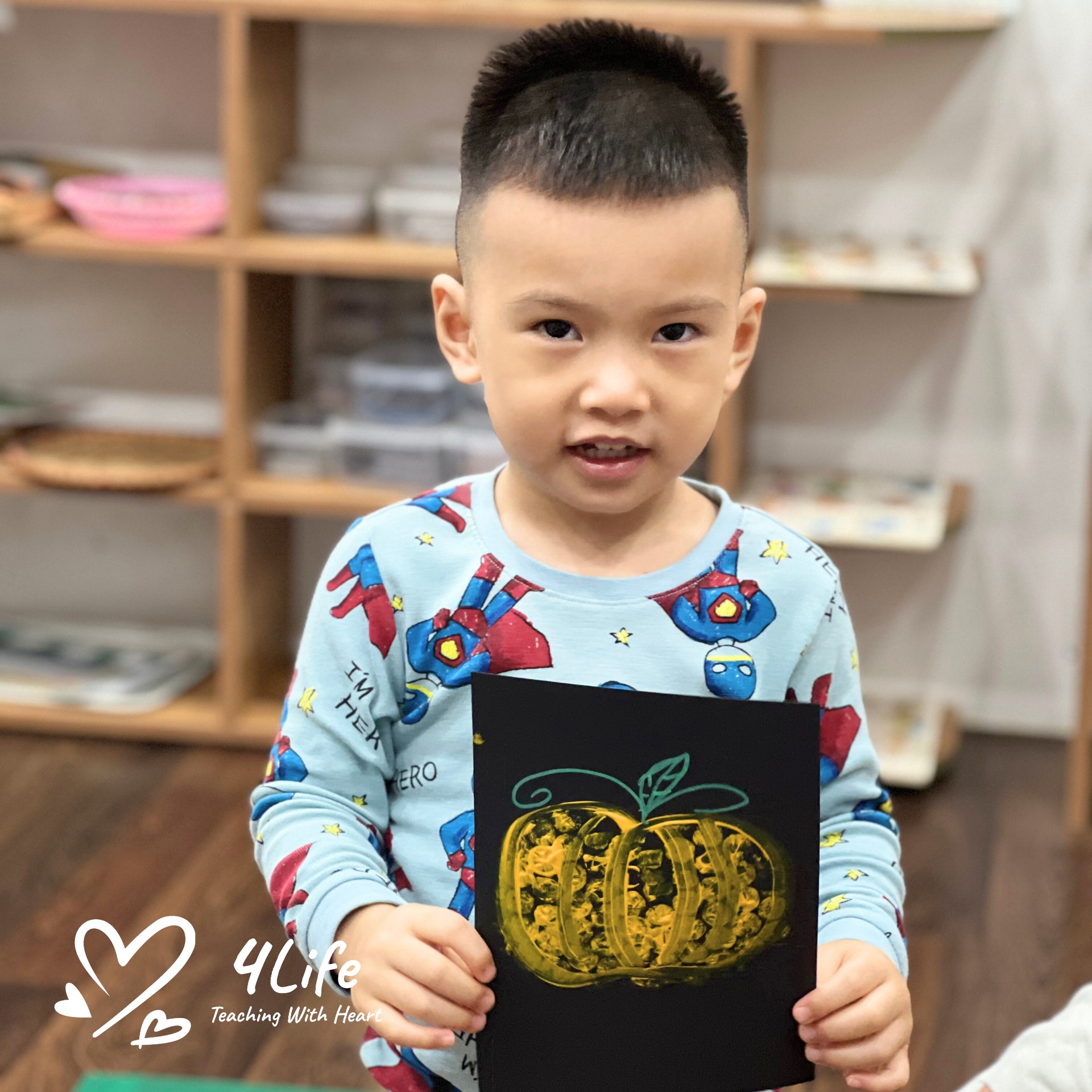
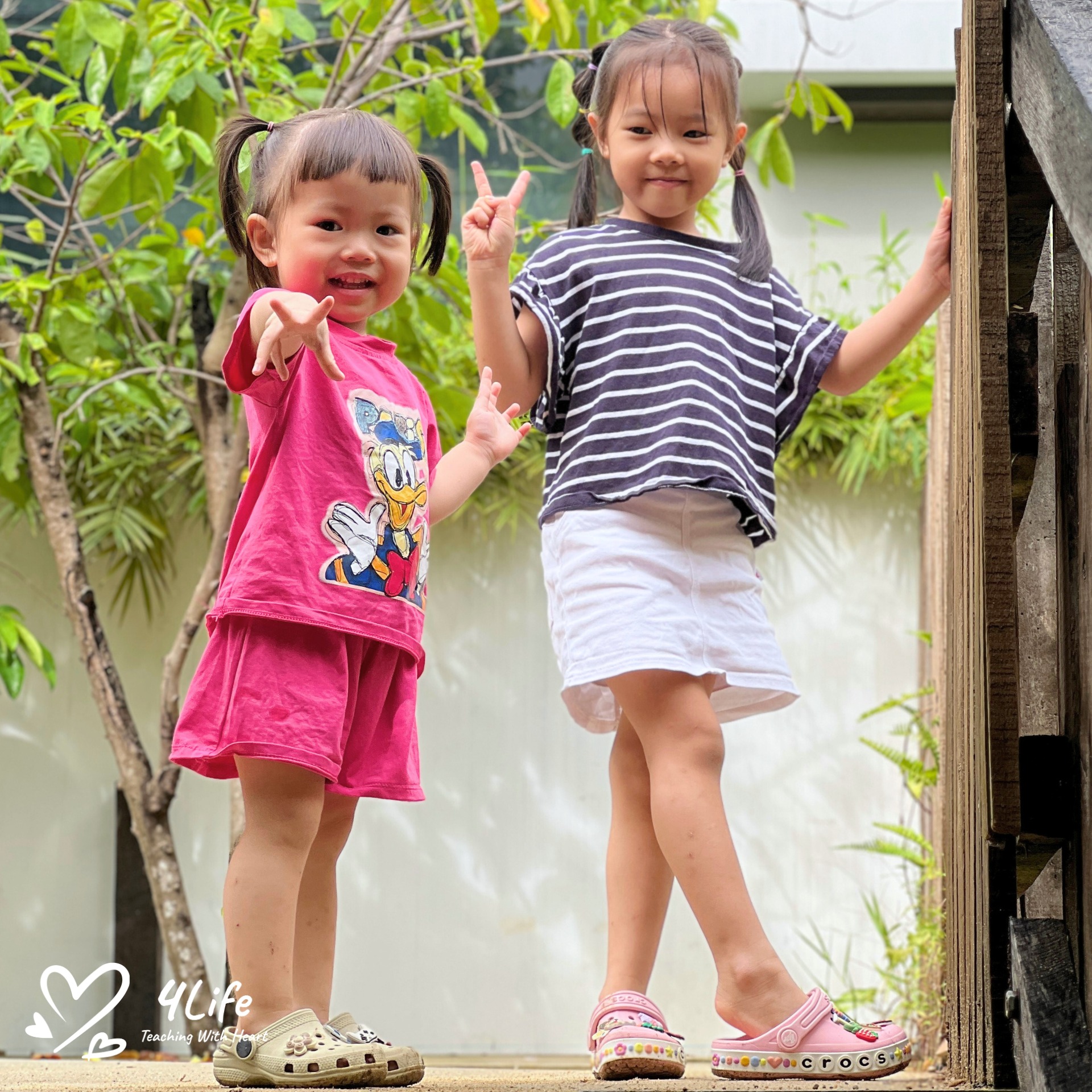
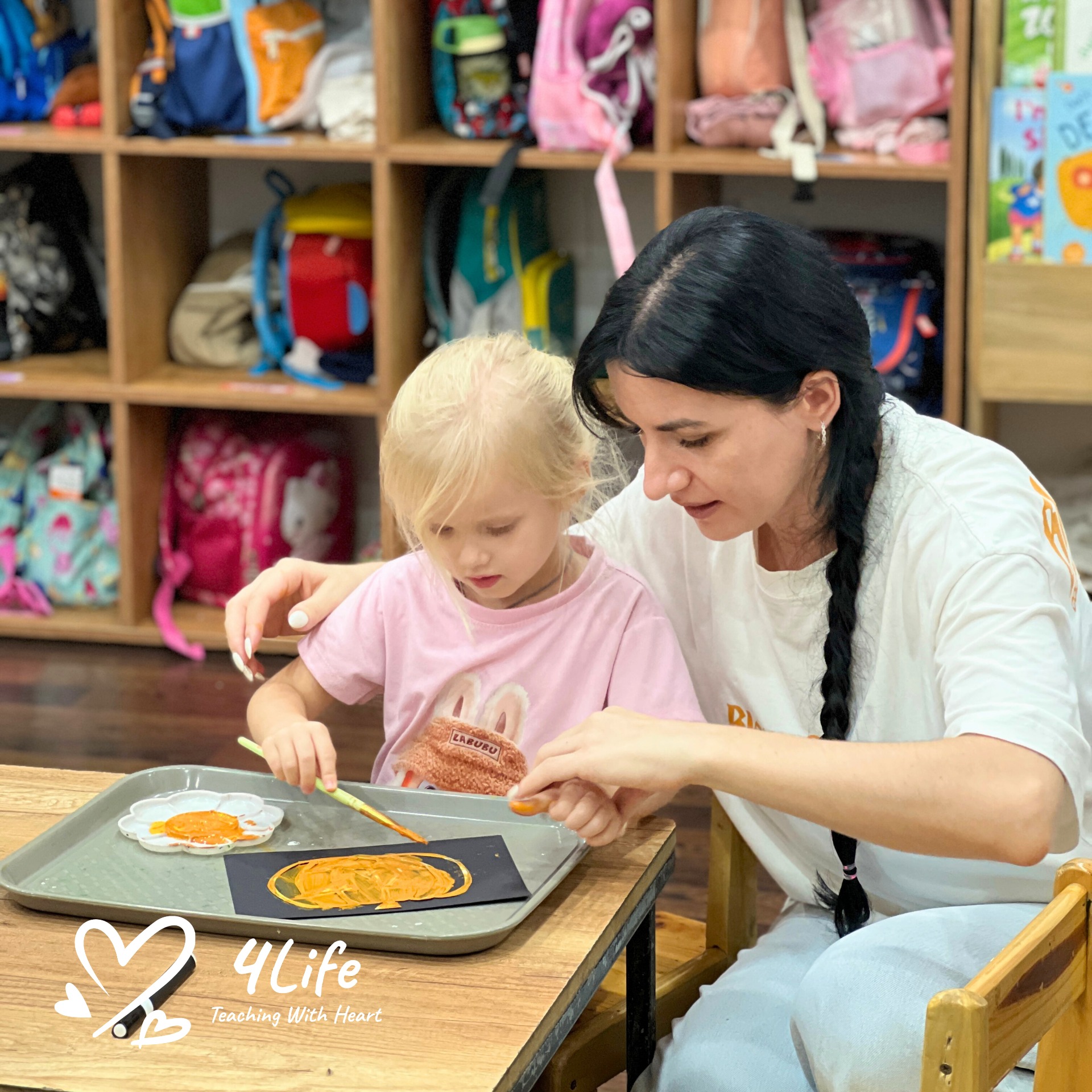
0 Comments